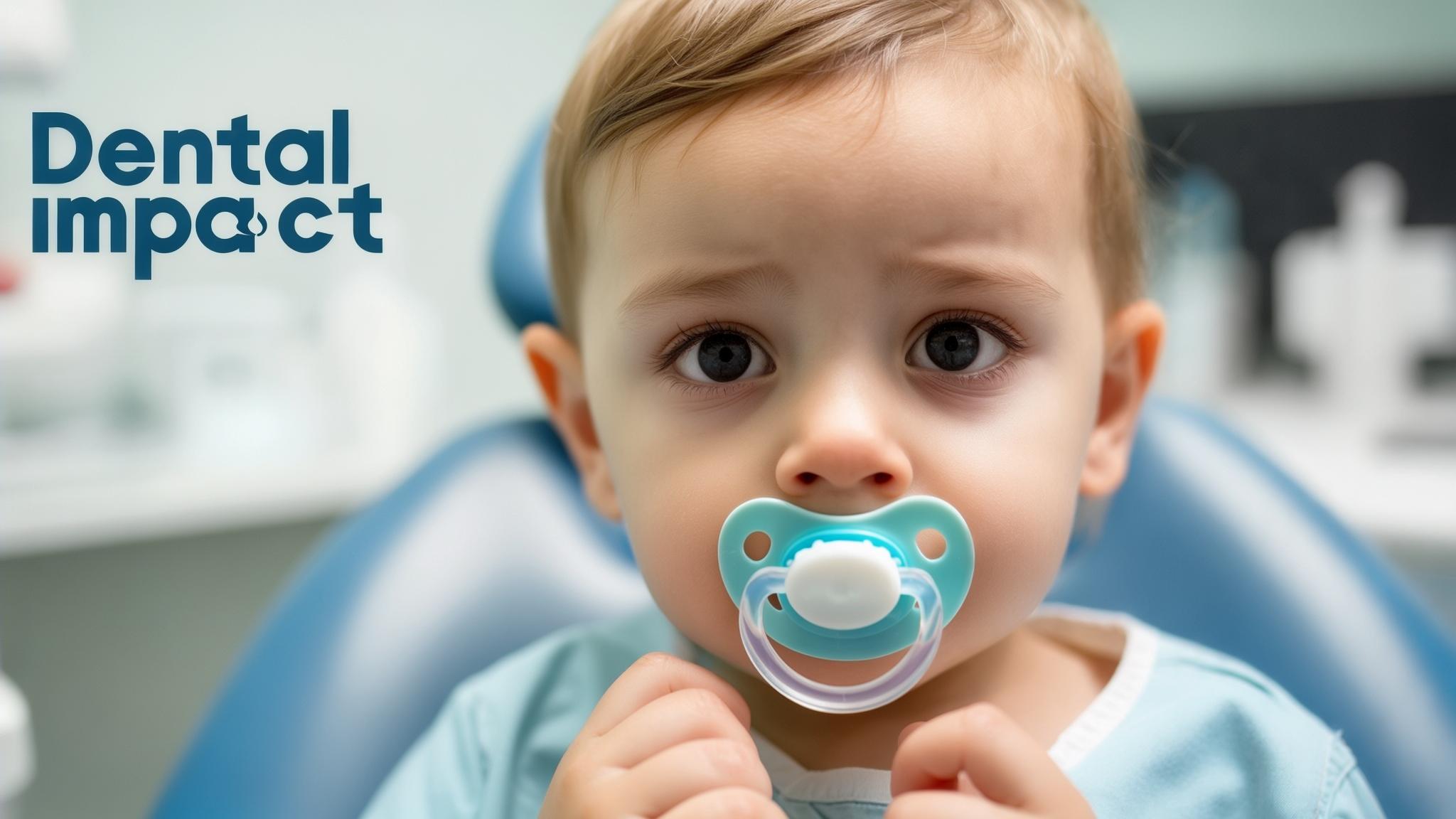Introduction
Pacifiers are a common sight in the early years of a child's life, often seen as essential tools for soothing and comforting infants and toddlers. While they serve various purposes, their impact on dental health is a topic of concern for many parents. This article aims to explore the dental pros and cons of pacifier use, shedding light on how they affect oral development.
Understanding Pacifiers
Pacifiers, also known as soothers or binkies, come in various shapes and sizes, typically featuring a nipple, shield, and handle. Parents often turn to pacifiers for their calming effects, helping to soothe fussy babies, assist in sleep, and even reduce the risk of Sudden Infant Death Syndrome (SIDS). These benefits make pacifiers an attractive option for many caregivers.
Dental Pros of Pacifier Use
Soothing Effect on Infants
Pacifiers can significantly reduce anxiety and stress in babies, providing them with comfort and security. This soothing effect can be particularly beneficial during moments of distress or discomfort.
Potential Benefits for Oral Development
Pacifiers can promote a proper sucking reflex, which is crucial for feeding and oral development. Some studies suggest that pacifiers may aid in the development of the palate by encouraging the appropriate growth and alignment of oral structures.
Temporary Relief from Teething Discomfort
During teething, pacifiers can offer temporary relief by providing a gentle counter-pressure on the gums, which can be soothing for infants.
Pacifiers as a Substitute for Thumb Sucking
Pacifiers can be a preferable alternative to thumb sucking. Unlike thumb sucking, which is harder to control, pacifiers can be more easily weaned off, reducing the risk of prolonged use that could affect dental health.
Dental Cons of Pacifier Use
Impact on Dental Alignment
One of the primary concerns with prolonged pacifier use is its impact on dental alignment. Extended use can lead to malocclusion, where the teeth do not align properly, potentially causing an open bite or crossbite.
Effect on Speech Development
Continuous use of pacifiers can interfere with speech and language development, as they may hinder the proper movement of the tongue and lips, leading to potential delays in speech skills.
Oral Hygiene Concerns
Pacifiers can harbor bacteria, increasing the risk of oral infections. It's essential to maintain proper hygiene by regularly cleaning and replacing pacifiers to prevent bacterial growth.
Dependency and Weaning Challenges
Children can become dependent on pacifiers, making it challenging to transition away from them. This dependency can lead to difficulties in weaning, requiring patience and strategy from parents.
Recommendations for Pacifier Use
Guidelines for Safe Pacifier Use
To minimize dental risks, choose pacifiers that are orthodontically designed to support healthy oral development. Limit pacifier use to specific times, such as nap or bedtime, to reduce prolonged exposure.
Weaning Strategies
Gradually reducing pacifier use can help ease the transition. Introduce alternatives for soothing, such as cuddly toys or comfort blankets, to help your child adjust without a pacifier.
Conclusion
In summary, pacifiers offer both benefits and drawbacks for children's dental health. While they can provide comfort and aid in oral development, prolonged use can lead to dental and speech issues. Monitoring pacifier use is crucial for ensuring healthy oral development. Parents are encouraged to consult with pediatric dentists to receive personalized advice tailored to their child's needs.
References
- American Academy of Pediatric Dentistry. "Policy on Oral Habits." AAPD
- Mayo Clinic. "Pacifiers: Are they good for your baby?" Mayo Clinic
- National Institute of Child Health and Human Development. "Safe to Sleep Campaign." NICHD

